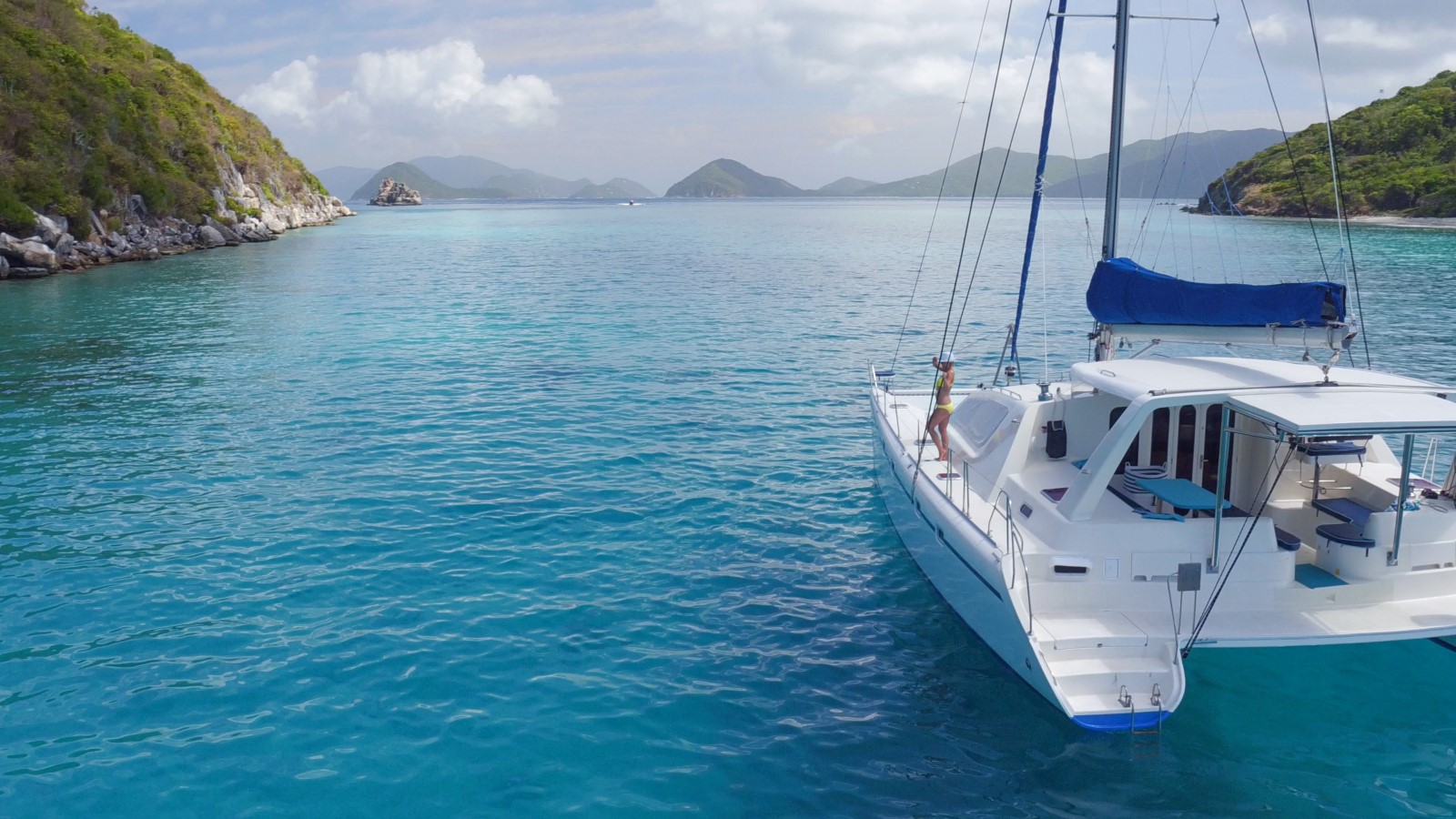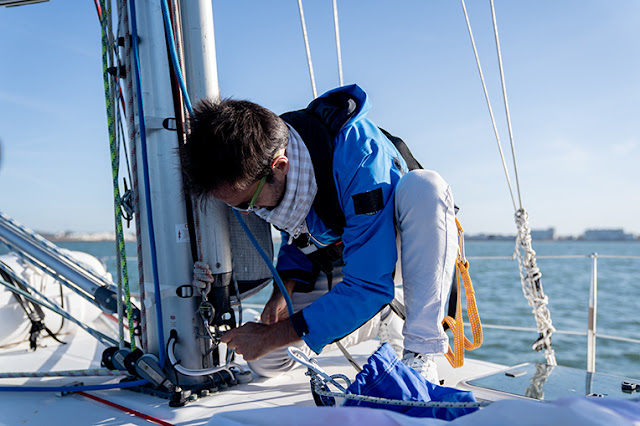Best Small Sailboats For The Beginners

Any sailboat can be used to learn to sail, but small boats make for better instructors because they respond more quickly to crew weight changes, wind variations, and steering inputs. Youth programs at yacht clubs use both a variety of traditional trainers and cutting-edge modern models. It's tough to describe the best tiny boats without specifying specific makes and models, but here are some qualities to look for in a decent teaching boat. The top small sailboats in San Diego for beginners include some of the following: Boats with tillers steering When learning, using a tiller rather than a wheel can make a difference. The rudder, which controls the boat's direction, is attached directly to the tillers. Tillers offer rapid feedback on the path and strength of the wind as well as the boat's ability to turn at different speeds. Boats with no winches The best boats for children and new sailors are those without winches for controlling the sheets and halyards. Generally speaki...





